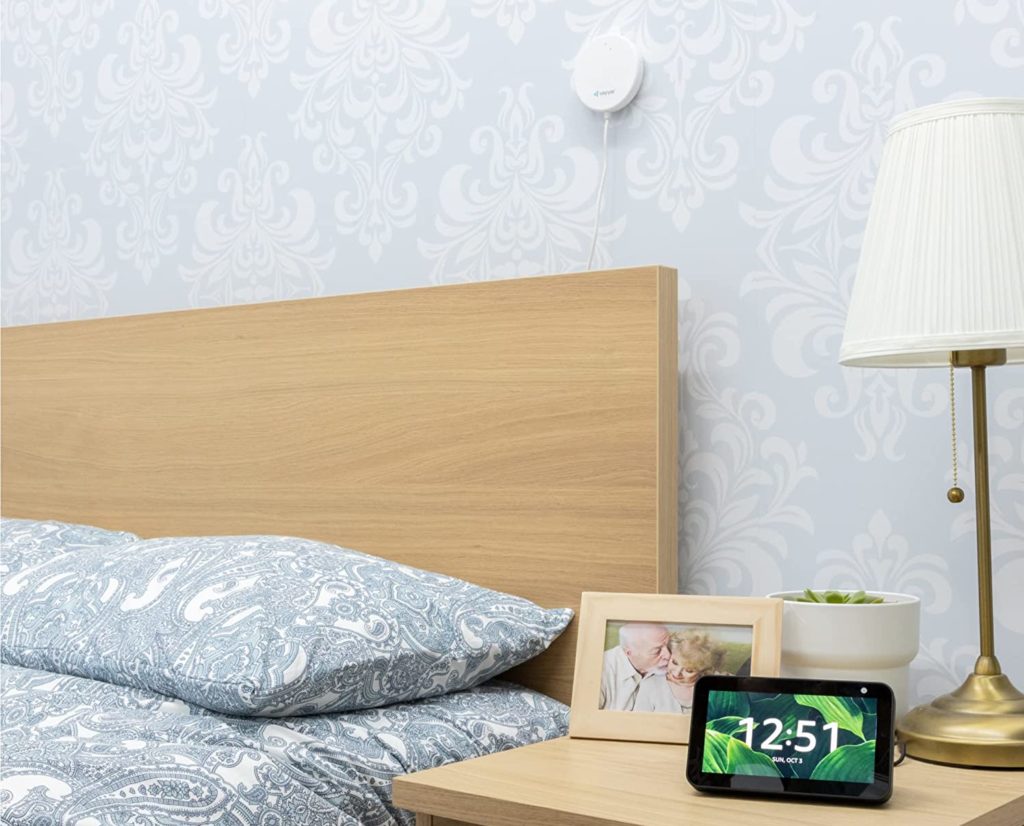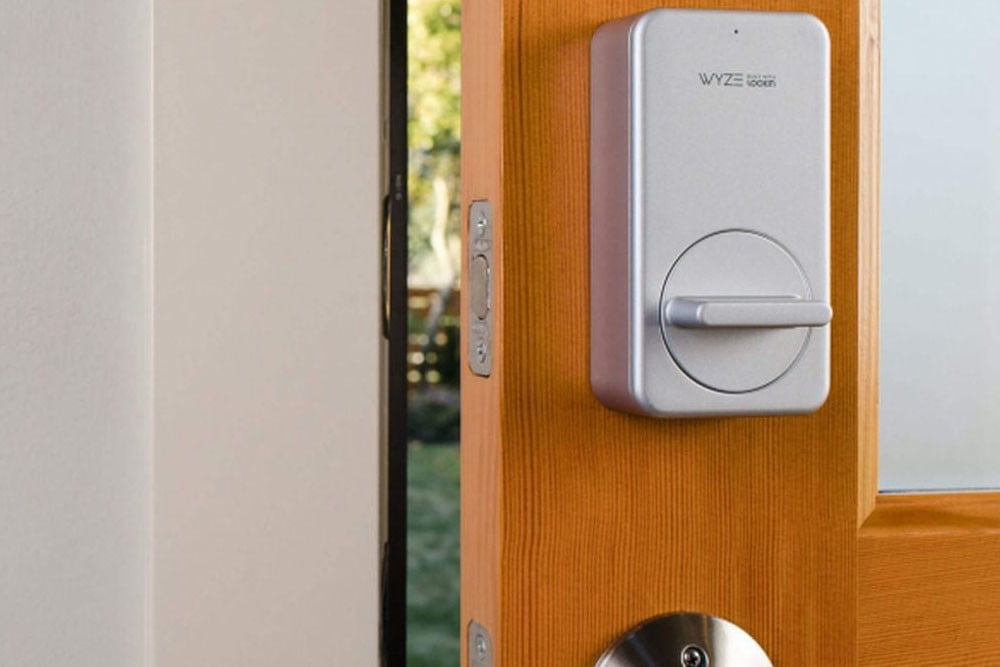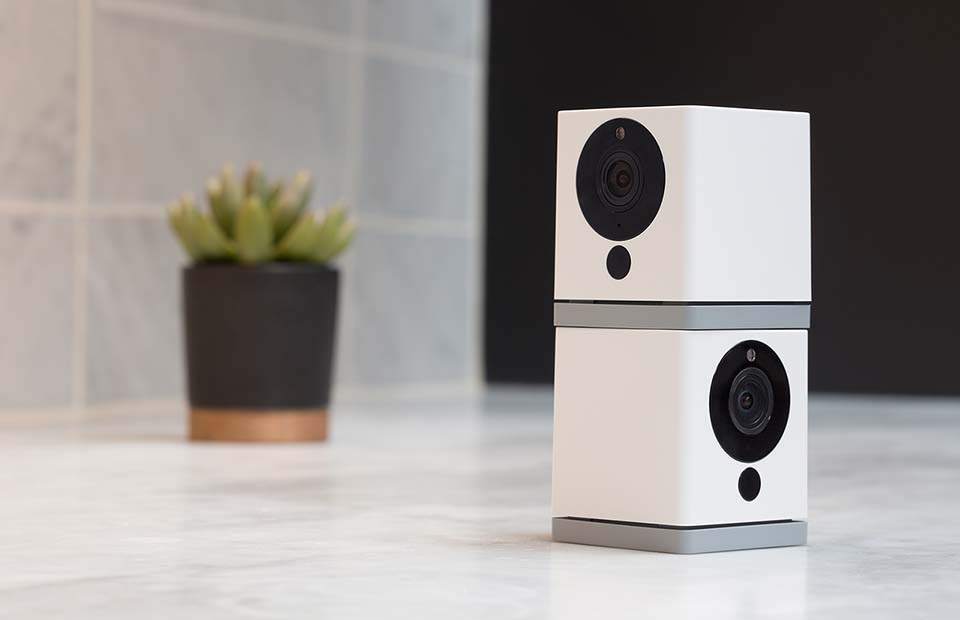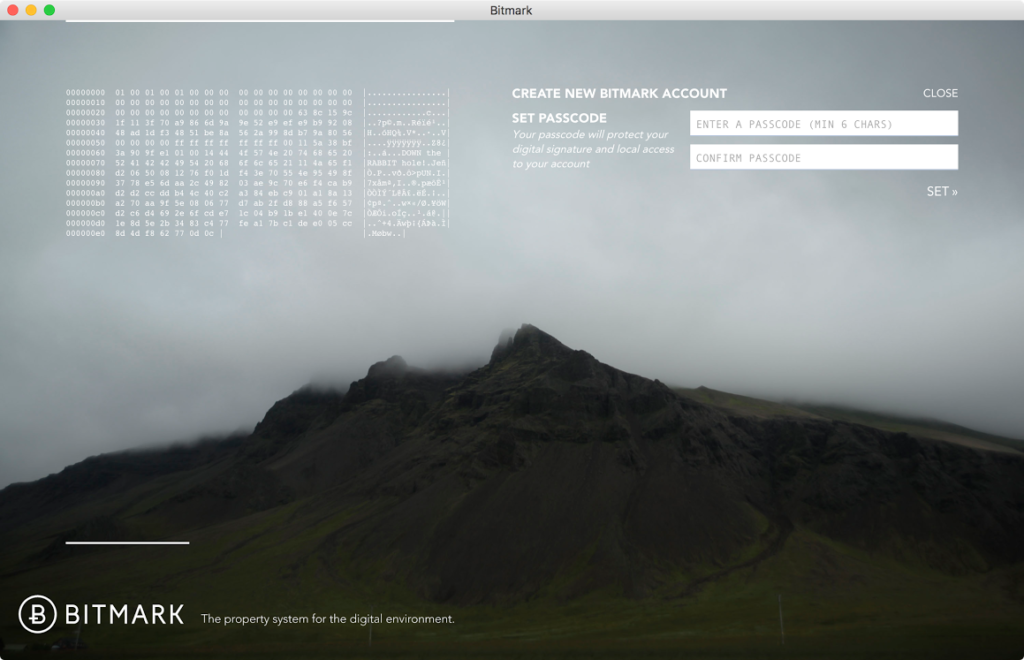This week’s show starts off with a review of news from AWS Re:Invent which is happening now in LAs Vegas. We cover the general availability of support for the latest version of the MQTT messaging protocol, the launch of LoRaWAN and other connectivity technologies as part of AWS Device Location services, and there will be more in the newsletter as the conference concludes. We then talk about whether or not it makes sense to buy a cheap smart plug today or wait until we get more with Matter support. It’s just that those smart plugs are so cheap right now! We also debate whether or not it’s a good thing that the Hubitat smart home hub will start supporting HomeKit, and mention Samsung’s new capabilities that link its phones to a UWB door lock. Then we cover funding news from Sanctuary, which is trying to build general purpose robots; Morse Micro, which is making Wi-Fi HaLow chips; and Deepgram, which is developing a new natural language processing algorithm built on vocal utterances as opposed to text. I then explain what I’m using right now in my home for security and monitoring of my many connected devices. Finally, we hear from a listener offering a tip on creating a simple pill tracker using an open/close sensor.
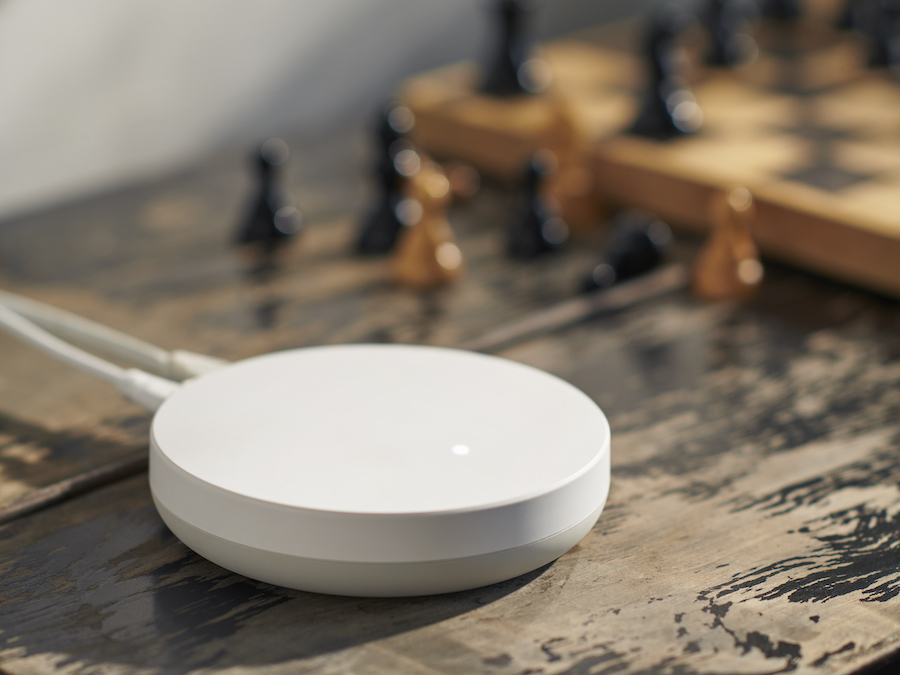
Our guest this week is Rebecca Töreman, business leader of the IKEA Home Smart business. Töreman first teaches me how to pronounce Dirigera, the name of IKEA’s new smart home hub. We then talk about why IKEA has chosen to focus on products that includes lights and connected blinds, but not security cameras. After a discussion on connected air purification devices, we talk about what the IKEA Home Smart team learned from its prior five years with the Trådfri smart home hub and how that influenced the design of the Dirigera device. We clarify a few points about how IKEA plans to introduce Matter to its hub and then close out. Enjoy the show.
Hosts: Stacey Higginbotham and Kevin Tofel
Guest: Rebecca Töreman, business leader of the IKEA Home Smart
Sponsors: Arm and Silicon Labs
- It’s our 400th episode!!!!
- Should you buy a cheap smart plug without Matter?
- A HomeKit compatible home may be less flexible, but it’s also less work
- Why IKEA needed a new smart home hub
- What IKEA learned about provisioning and communication with Trådfri
Podcast: Play in new window | Download | Embed
Subscribe: RSS

